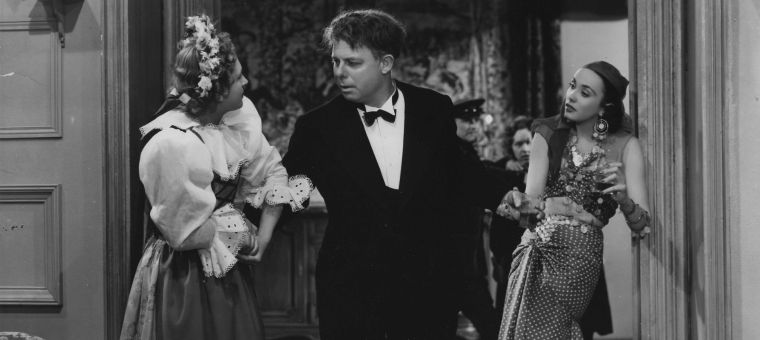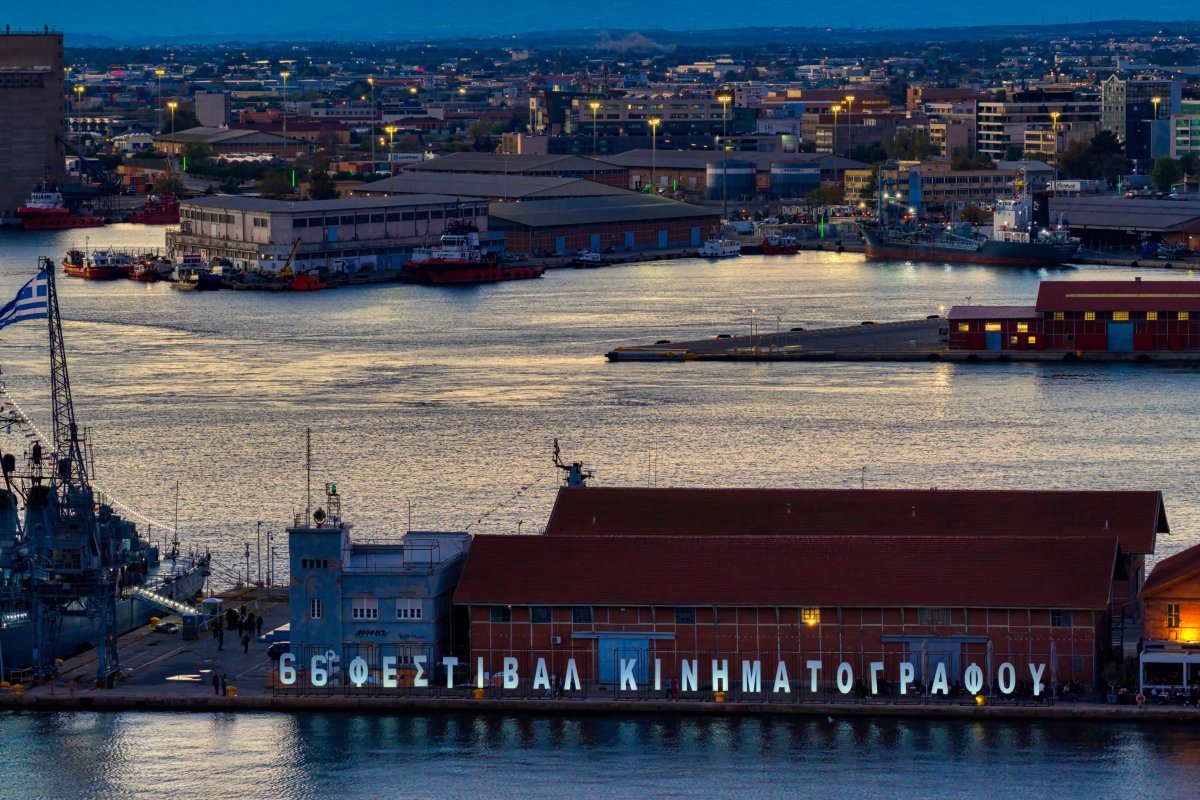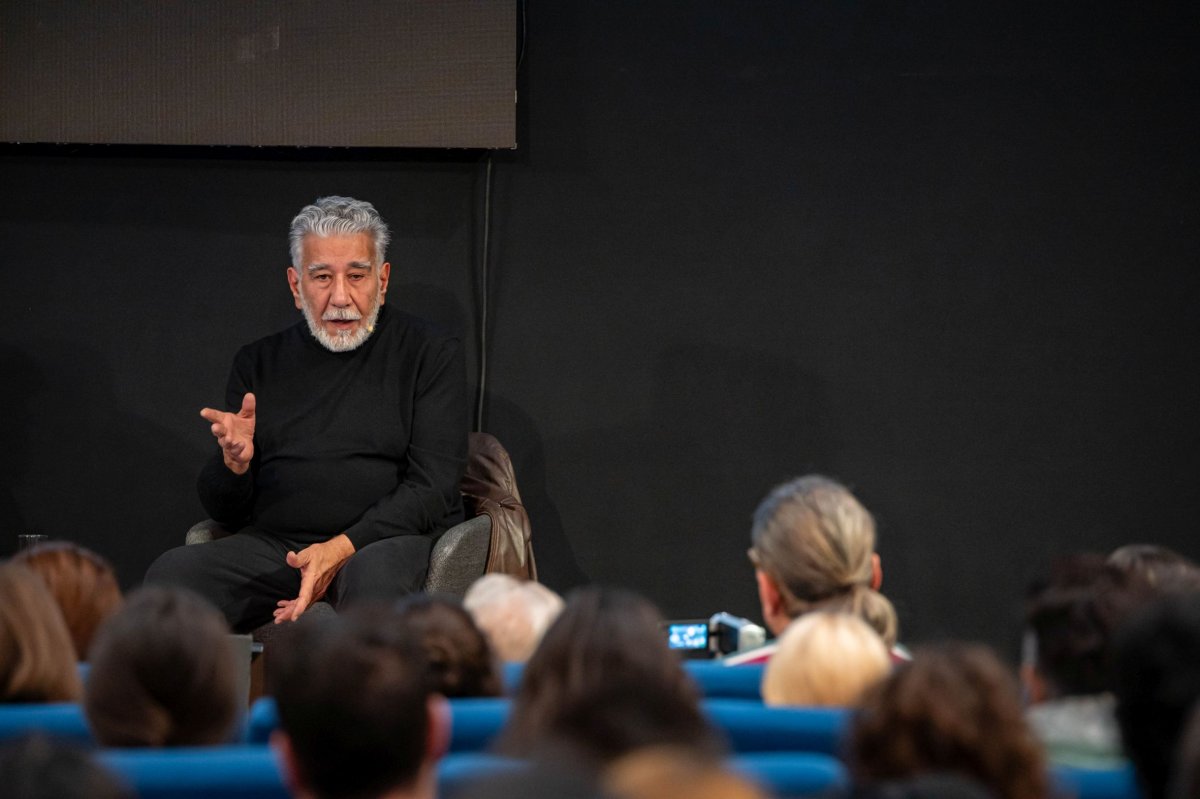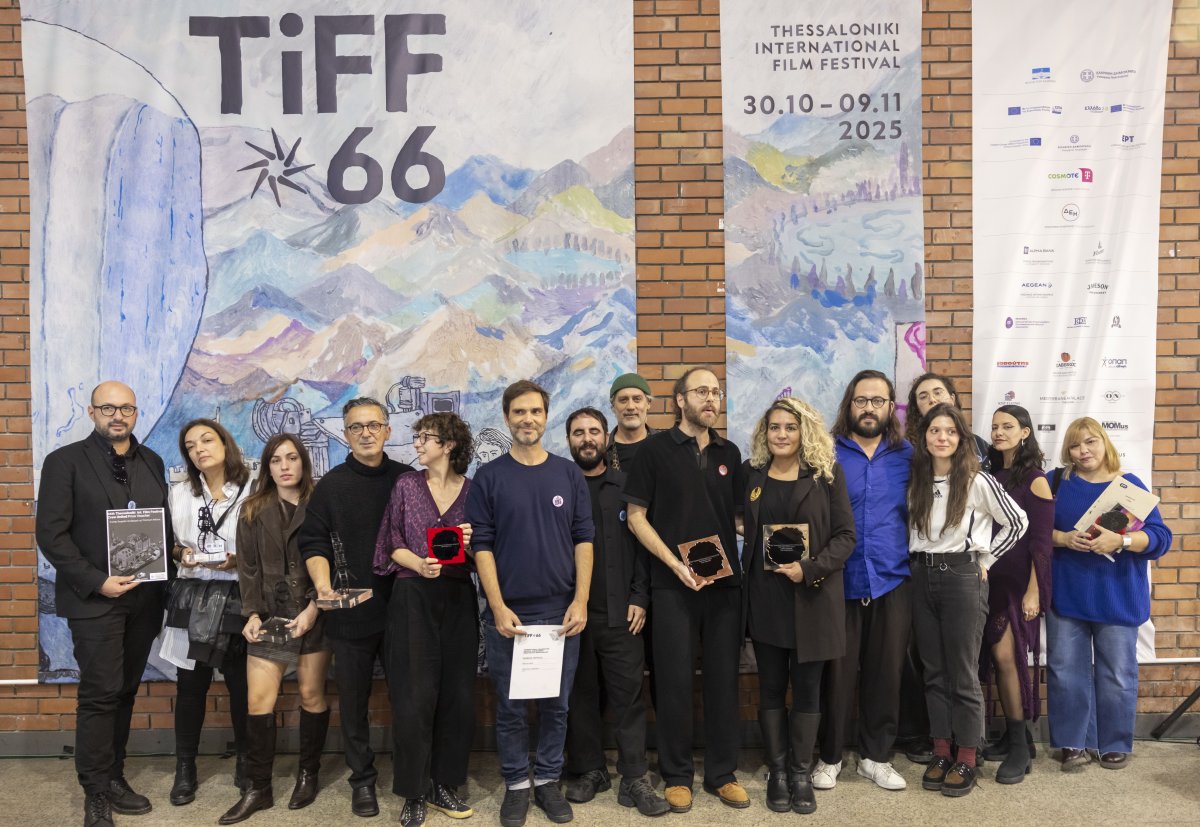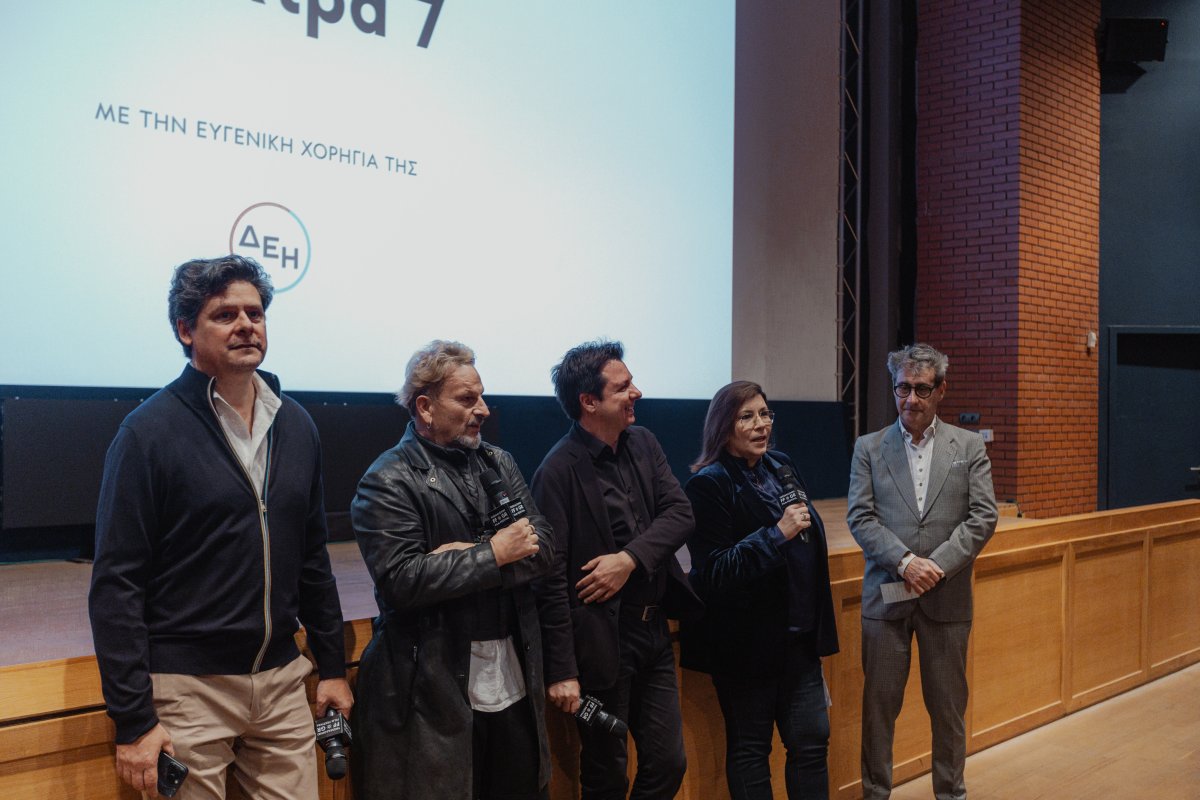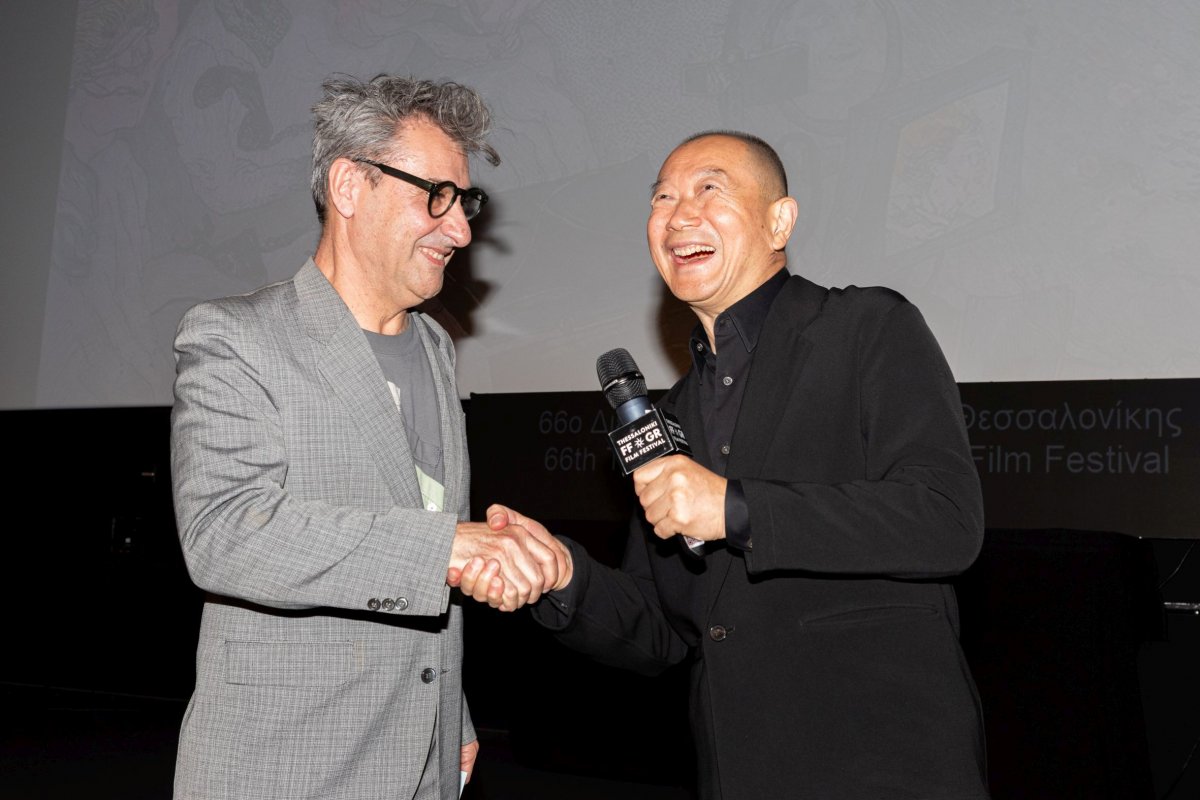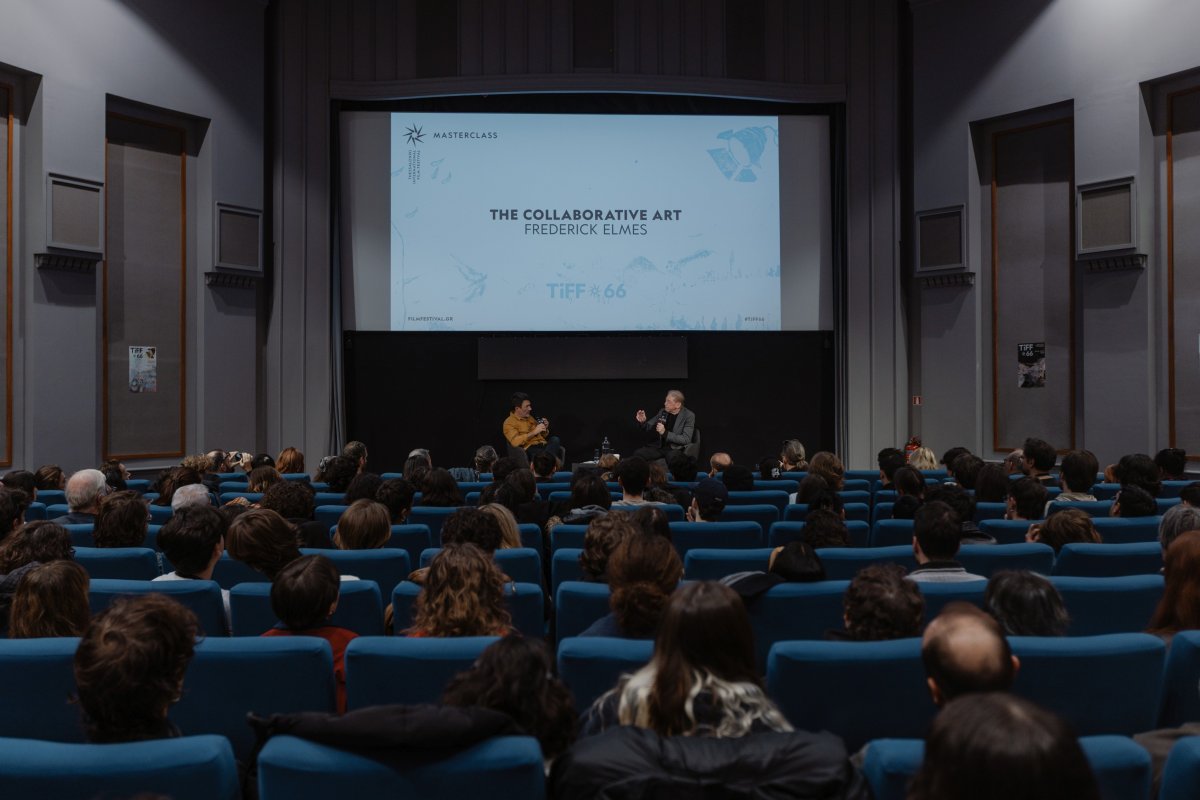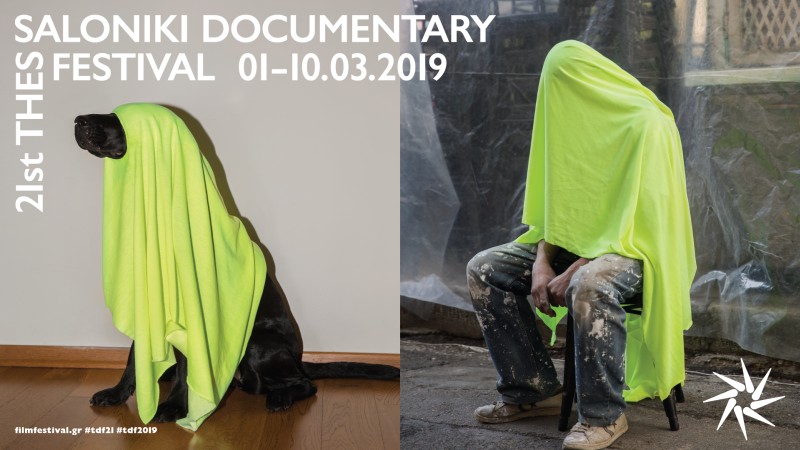62nd THESSALONIKI INTERNATIONAL FILM FESTIVAL
4-14/11/2021
The Rules of the Game (1939): Jean Renoir’s masterpiece serves as inspiration for the 62nd TIFF
The Rules of the Game (La Règle du Jeu, 1939) by Jean Renoir, one of the best movies of all times, is the inspirational guide for this year’s 62nd Thessaloniki International Film Festival (4-14 November, 2021). Using the film as a bedrock, we opt to reconsider and reexamine all the colossal issues it tackles: political, social, esthetic, cinematic.
The movie will function as a signpost and yeast for the main exhibition of the 62nd Festival, marking a difference compared to the four previous years, where the exhibition was grounded on the movies taking part in the International Competition section. The exhibition will be hosted in collaboration with MOMus-Experimental Center of the Arts and is scheduled to celebrate its opening on November 6th, at the former Nursery Station (Pier A, Port of Thessaloniki). Ten visual artists draw free inspiration from Jean Renoir’s unforgettable wry satire, and produce ten original works. In addition, the movie will be screened in the framework of the 62nd TIFF.
“Unconditionally timeless, especially in the liminal times we’re living in, as we brace ourselves to greet an emerging meta-world, Jean Renoir’s chef-d’oeuvre grooms us for a much needed and inevitable transition to a new era. A movie that reminds us how abruptly the rules of the game can change in a split second, and how important it is to redefine them from scratch”, points out the Festival’s Artistic Director, Orestis Andreadakis.
The Rules of the Game, a milestone of world cinema that has been screened strikingly fewer times than the rest of the groundbreaking films that changed the course of cinema history, hit the theaters right before the breakout of World War II, triggering a public outcry as it seemed to foretell the devastation looming over Europe and the entire planet. Renoir, at the heyday of his career at the time, did not hesitate to illustrate the decadence and moral bankruptcy of all social classes in the most graphic way, foreshadowing the painful dawn of a new era. The French society, appalled at its own deformed reflection, choose to look away: the movie was butchered, dropping down from 113 to 85 minutes, it became a box-office bomb and ended up banned by the French government, under the pretext of “exerting an undesirable influence over the country’s youth”.
Two years prior to Orson Welles’ Citizen Kane (1941), Renoir displayed unprecedented directorial novelties. Through a restless omnipresent camera and a frantic editing, he circumcises the frame, dilates the space-time continuum and crafts a labyrinthine mosaic of characters, situations and circumstances, balancing between the ludicrous and the tragic.
The Festival continues to propose a subversive approach on cinema and its discourse with other forms of art. As mentioned above, the movie serves as a source of inspiration for ten visual artists, each of whom will create an original work. The artists taking part in the exhibition are the following:
Kyriaki Goni
Alexandros Maganiotis
Diamantis Sotiropoulos
Sofia Stevi
Dimitris Tataris
Marina Velisioti
Nikolas Ventourakis
Xenia Vitos
Doreita Xhogou
Stathis-Alexandros Zoulias
Following its completion in Thessaloniki, the exhibition will be showcased in Athens, at The Project Gallery (3, Normanou str, Monastiraki). The opening of the exhibition in Athens will take place on December 17th.





